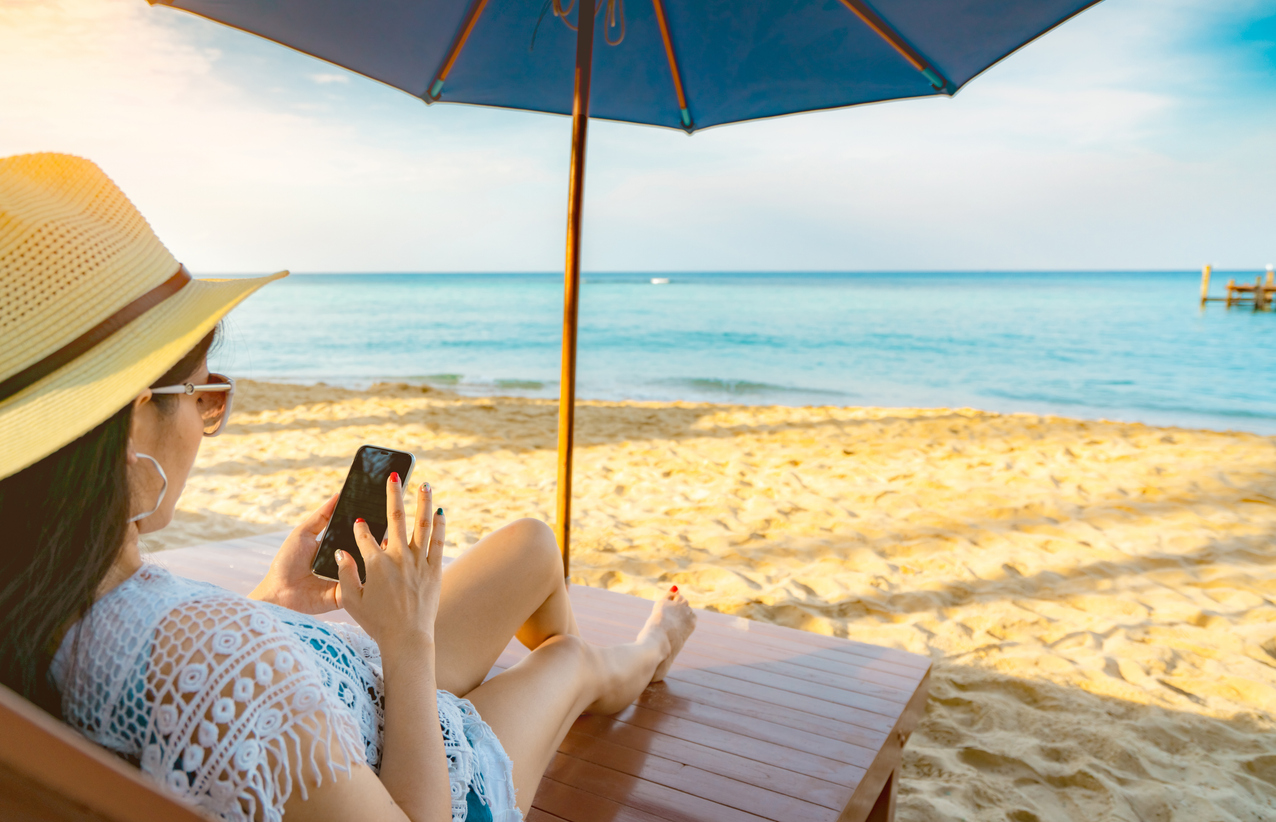
With its stunning landscapes and diverse climate, Canada is a country where residents and visitors alike enjoy the great outdoors year-round. Whether you’re hiking in the Rockies, swimming in the Great Lakes, or simply walking through one of our many beautiful cities, protecting your skin from the sun’s harmful ultraviolet (UV) rays is crucial. While the sun offers warmth and helps our bodies produce vitamin D, overexposure to UV rays can lead to serious skin damage, premature aging, and an increased risk of skin cancer. Here’s a comprehensive guide on how to protect your skin from harmful UV rays while enjoying the beauty of Canada.
Understanding UV Rays
UV radiation is a form of energy emitted by the sun. It is invisible to the naked eye but has profound effects on the skin. There are three types of UV rays: UVA, UVB, and UVC.
- UVA rays penetrate the skin more deeply and are responsible for long-term skin damage, such as wrinkles and age spots.
- UVB rays are the primary cause of sunburn and play a significant role in developing skin cancer.
- UVC rays are the most dangerous, but they are absorbed by the Earth’s atmosphere and do not reach the surface.
Given that both UVA and UVB rays can harm the skin, it’s essential to take proactive measures to protect yourself, especially during the warmer months when UV levels are at their peak.
The Importance of Sunscreen
Sunscreen is one of the most effective tools in protecting your skin from UV damage. In Canada, it’s recommended to use a broad-spectrum sunscreen that offers protection against both UVA and UVB rays. Here’s what to consider when choosing a sunscreen:
- SPF Rating: The Sun Protection Factor (SPF) indicates how well the sunscreen can protect your skin from UVB rays. For everyday use, an SPF of 30 is recommended. However, if you plan on spending an extended period outdoors, particularly during peak UV hours (10 a.m. to 4 p.m.), opt for a higher SPF, like 50.
- Application: Apply sunscreen generously at least 15 minutes before sun exposure. Don’t forget areas like the ears, back of the neck, and tops of the feet. Reapply every two hours, or more often if swimming or sweating.
- Water Resistance: If you’re swimming or participating in water sports, choose a water-resistant sunscreen. Remember, though, that “water-resistant” doesn’t mean “waterproof.” Reapplication is still necessary.
There are many brands of sunscreen available, so make sure you choose the right one for you. For adults, the Aveeno® Protect + Soothe Mineral Sunscreen Stick SPF 50 protects against UVA/UVB rays, and it comes in a convenient stick format that makes reapplication a breeze, perfect for on-the-go adventures.
Protective Clothing and Accessories
In addition to sunscreen, wearing protective clothing is a highly effective way to shield your skin from UV rays.
- Hats: A wide-brimmed hat can provide shade for your face, ears, and neck, areas that are particularly vulnerable to sun exposure. A hat with a brim of at least 7.5 cm (3 inches) is ideal.
- Sunglasses: Your eyes are also susceptible to UV damage. Choose sunglasses that offer 100% UVA and UVB protection. Wrap-around styles are particularly effective as they prevent rays from entering from the sides.
- Clothing: Wear long-sleeved shirts and long pants made from tightly woven fabric. Some clothing items are designed with UV protection in mind and come with a UPF (Ultraviolet Protection Factor) rating, which indicates how much UV radiation can penetrate the fabric. A UPF of 50+ is ideal for extended outdoor activities.
Seeking Shade
Whenever possible, seek shade to minimize direct sun exposure, especially during peak UV hours. Parks, beaches, and public spaces often have shaded areas or picnic shelters that offer protection from the sun. If you’re planning a day at the beach or a hike, consider bringing a portable umbrella or a pop-up tent to create your own shade.
Timing Your Outdoor Activities
Timing your outdoor activities can significantly reduce your exposure to harmful UV rays. The sun’s rays are strongest between 10 a.m. and 4 p.m., so try to schedule outdoor activities for earlier in the morning or later in the afternoon when UV radiation is less intense.
If you must be outside during peak hours, make sure to take all necessary precautions, such as applying sunscreen, wearing protective clothing, and taking breaks in the shade. And remember, timing matters. Make sure to apply your sunscreen at least 30 minutes before sun exposure. This gives it time to form a protective barrier on your skin.
UV Index Awareness
In Canada, the UV index is a valuable tool to help you understand the risk of UV exposure on any given day. The index ranges from 0 to 11+, with higher numbers indicating a greater risk of harm from unprotected sun exposure. Check the UV index daily, which is often included in weather reports, and plan your outdoor activities accordingly.
Hydration and Skin Care
Keeping your skin hydrated is also essential in protecting it from sun damage. Drink plenty of water throughout the day to maintain healthy skin. After sun exposure, use a moisturizing lotion to help replenish and repair your skin’s natural barrier. Products containing aloe vera or other soothing ingredients can also help to calm sun-exposed skin.
Protecting your skin from harmful UV rays is a year-round responsibility, especially in a country as vast and diverse as Canada. By understanding the risks and taking simple precautions—like using sunscreen, wearing protective clothing, and seeking shade—you can enjoy all that Canada has to offer without compromising your skin’s health. Remember, the best protection is a combination of strategies that work together to keep your skin safe while you enjoy the great outdoors. Stay sun-safe and enjoy Canada’s natural beauty responsibly!
